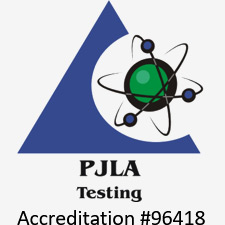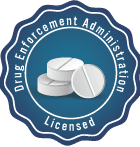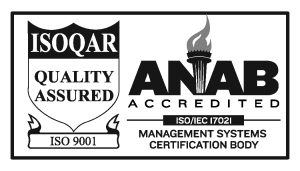The Food and Drug Administration (FDA) partially recognized the ISO 10993 guidance making it one of the most important for the chemical characterization testing of medical devices.1 ISO 10993 outlines all of the necessary steps for regulatory compliance to use new or existing materials in medical devices.
The potential health risks from a medical device are numerous. Toxicological risk is determined by exposure time, concentration and the severity of the chemical species involved. The FDA tries to incorporate these risks into the proposed chemical characterization tests as part of ISO 10993 by insisting on different biological endpoint tests depending on where and how long a medical device will be used.
The chemical characterization testing that needs to be performed for medical devices also needs to include several scenarios. This might consist of extractable testing under exaggerated use conditions or leachables testing in the types of environments the device will be exposed to in the body. It may also include chemical characterization testing for worst-case chemical release scenarios.
Chemical Characterization Testing
The first part of chemical characterization testing is to establish which materials will be used in a device. As ISO 10993 allows for existing safety data to be used instead for further testing when appropriate, it may be more efficient to use established materials if possible.
Once the device composition is established, an assessment should be made to determine if residual risk remains. In most cases, material processing and device manufacturing introduce additional risk that new chemicals may be introduced resulting in a need for further chemical characterization testing.
Then, the chemical characterization testing needs to evaluate what the worst-case chemical release scenario from a device would be. Chemical characterization testing for worst-case chemical release may also include testing for situations where the device is biodegradable or polymerizable in-situ.
Extractables and Leachables
At the heart of chemical characterization testing for medical devices is extractables and leachables testing. This chemical characterization testing evaluates how much and how quickly compounds can be transferred from the device into the environment.
Sometimes these tests require significant sample preparation to ensure the chemical characterization testing environment is suitable to represent the use condition. Environmental conditions may also need to be adjusted to look at worst-case conditions for a device and to ensure dangerous levels of a compound are not released.
One of the most critical numbers to find in chemical characterization testing is the threshold of toxicological concern. Small amounts of extractables and leachables may not pose a significant health hazard and therefore may be acceptable, but the threshold of toxicological concern must be known to determine this.
With the complexity and extensive requirements for chemical characterization testing for medical devices, turn to an expert partner for help. Jordi Labs are world-leaders in biological safety guidance and can advise on how to maintain the highest safety standards and achieve regulatory compliance, all without delaying the time to market for your new product. Contact Jordi Lab’s today to find out if our chemical characterization testing could support you.
- FDA (2022) ISO 10993-1, https://www.fda.gov/regulatory-information/search-fda-guidance-documents/use-international-standard-iso-10993-1-biological-evaluation-medical-devices-part-1-evaluation-and, accessed May 2022





